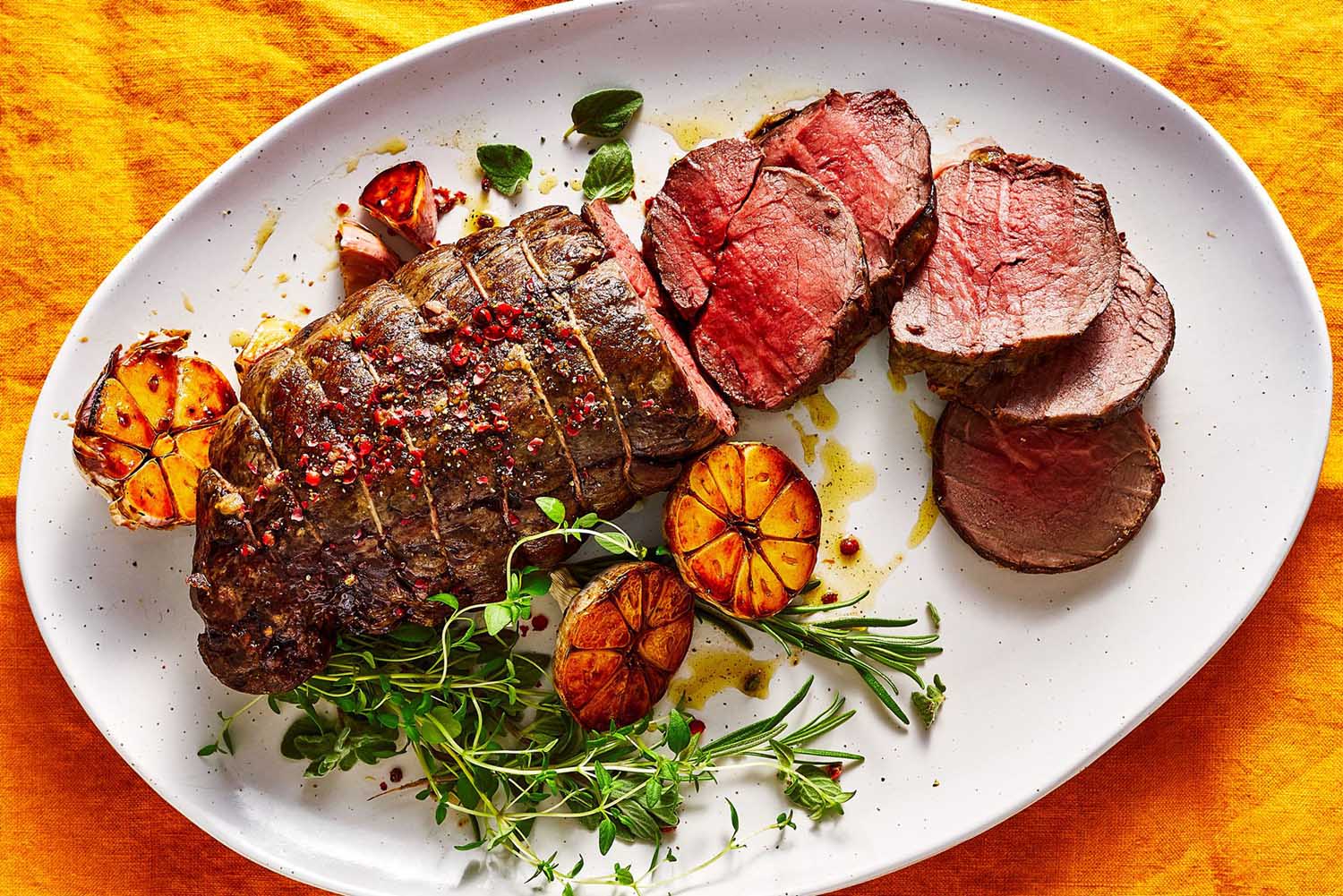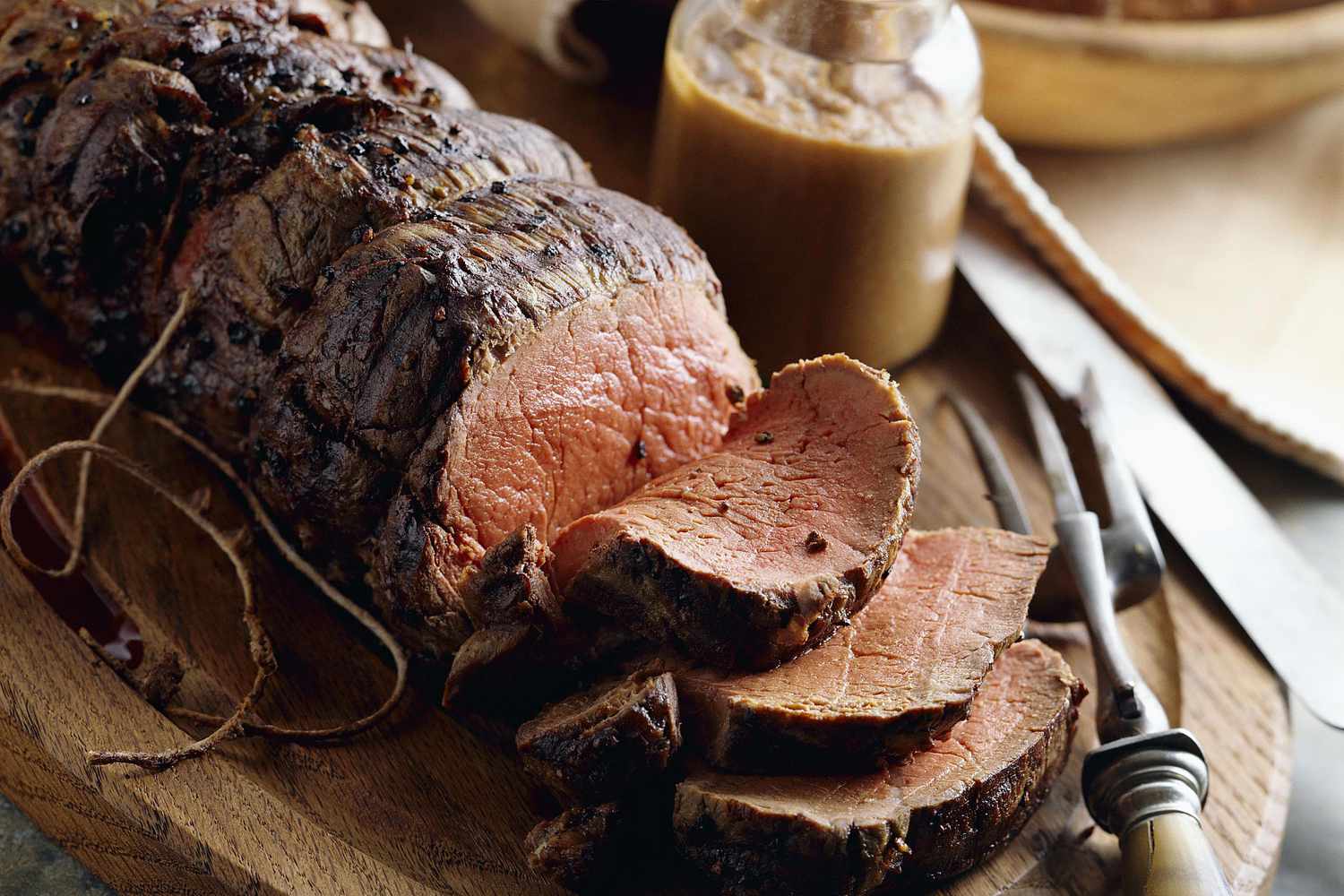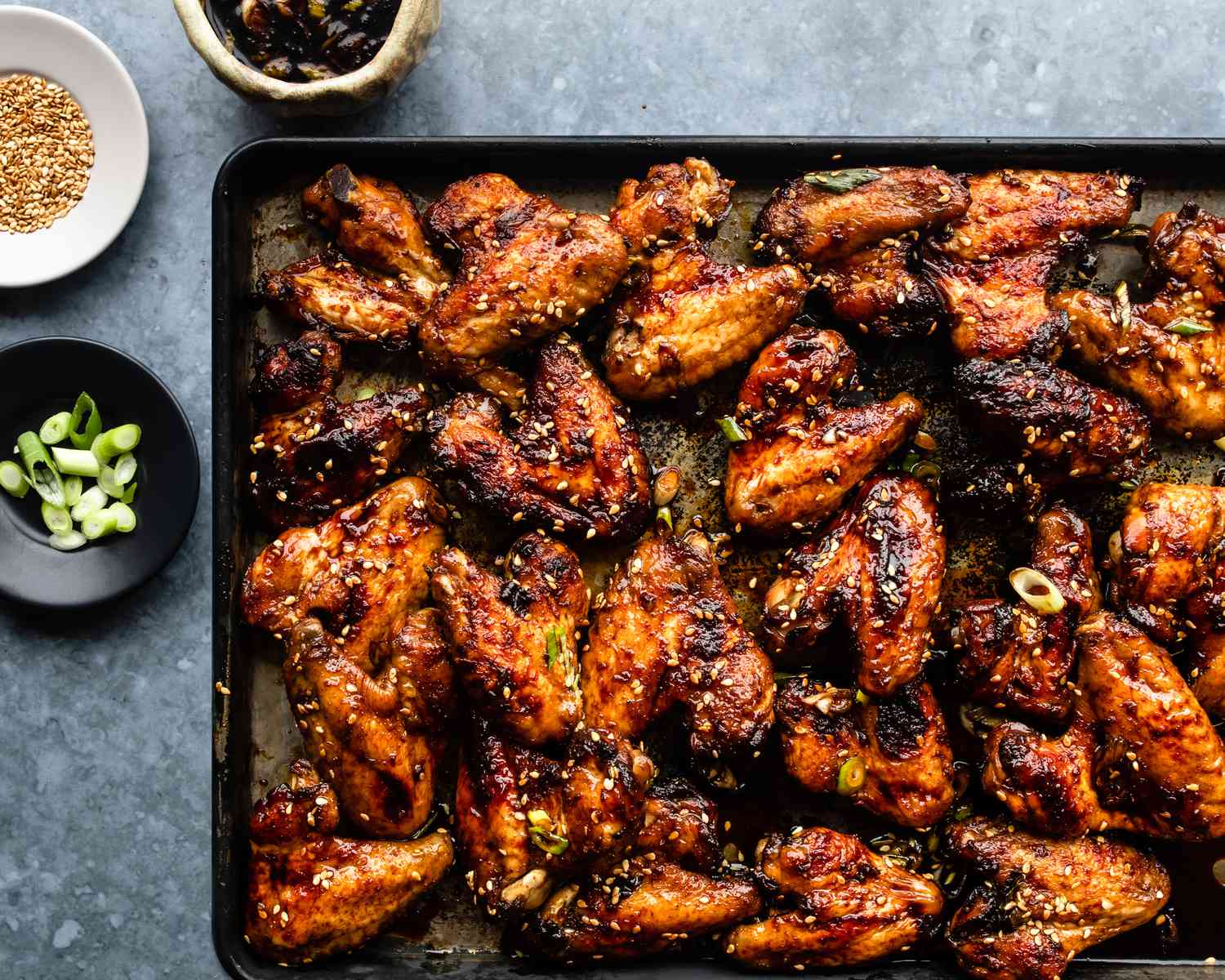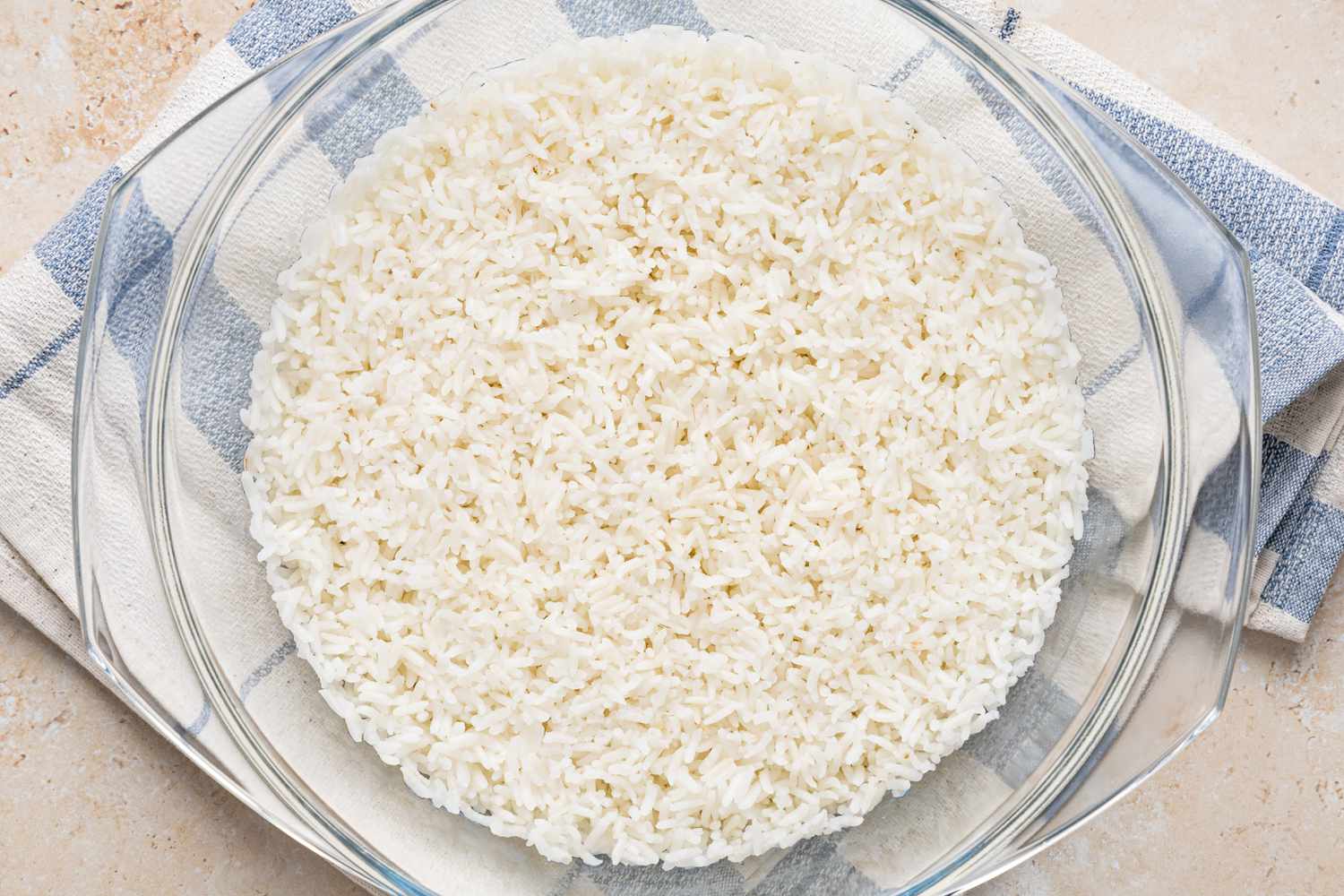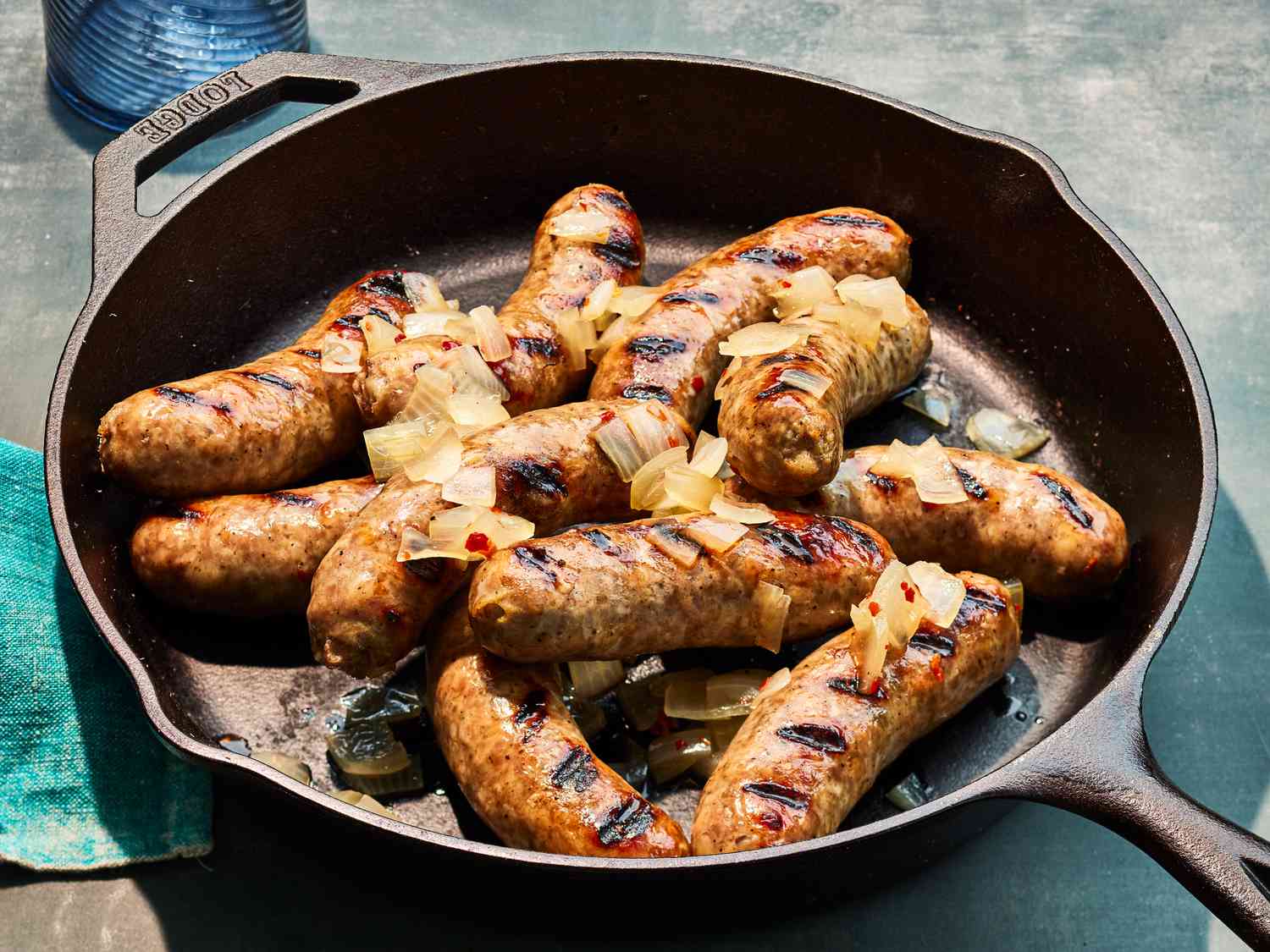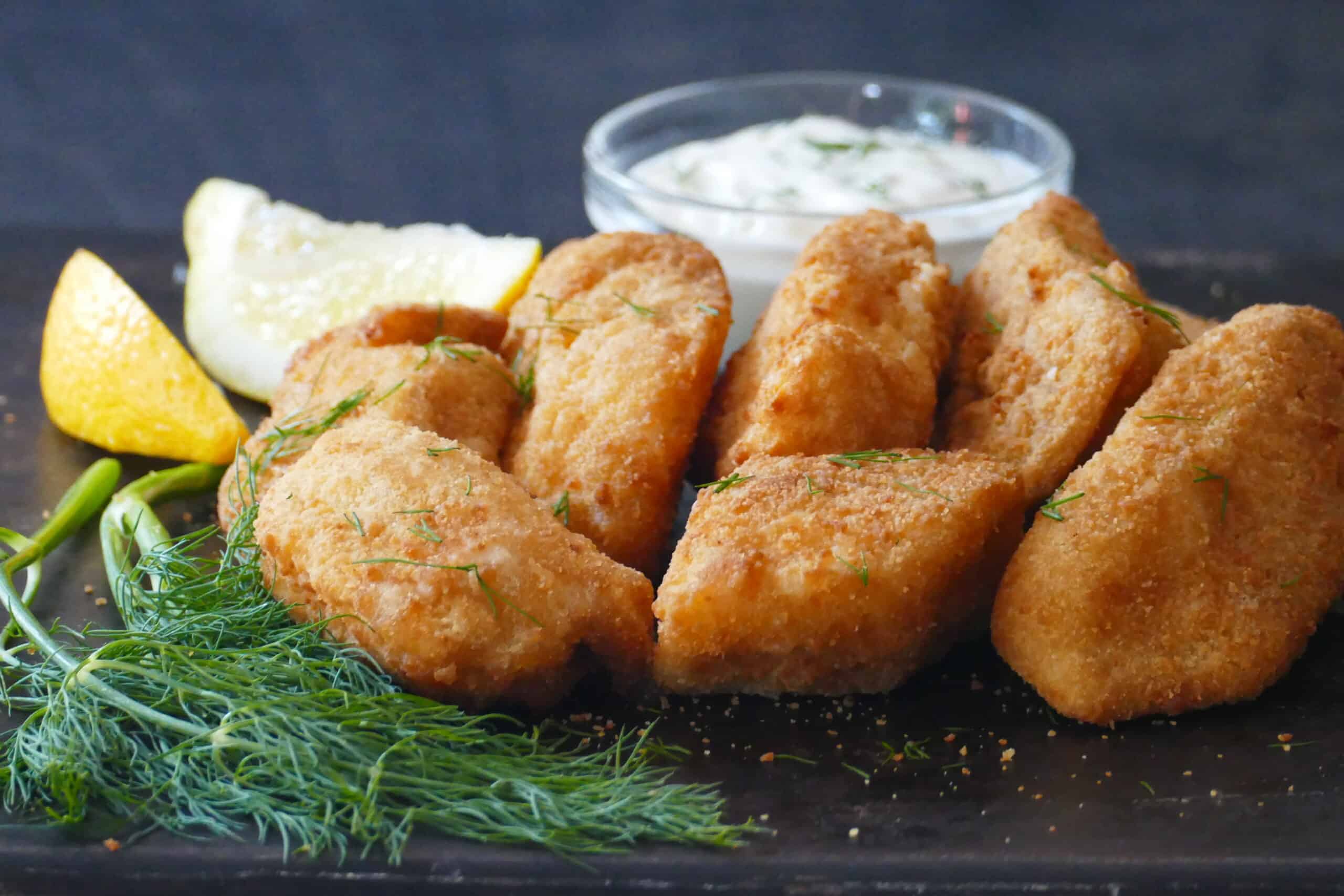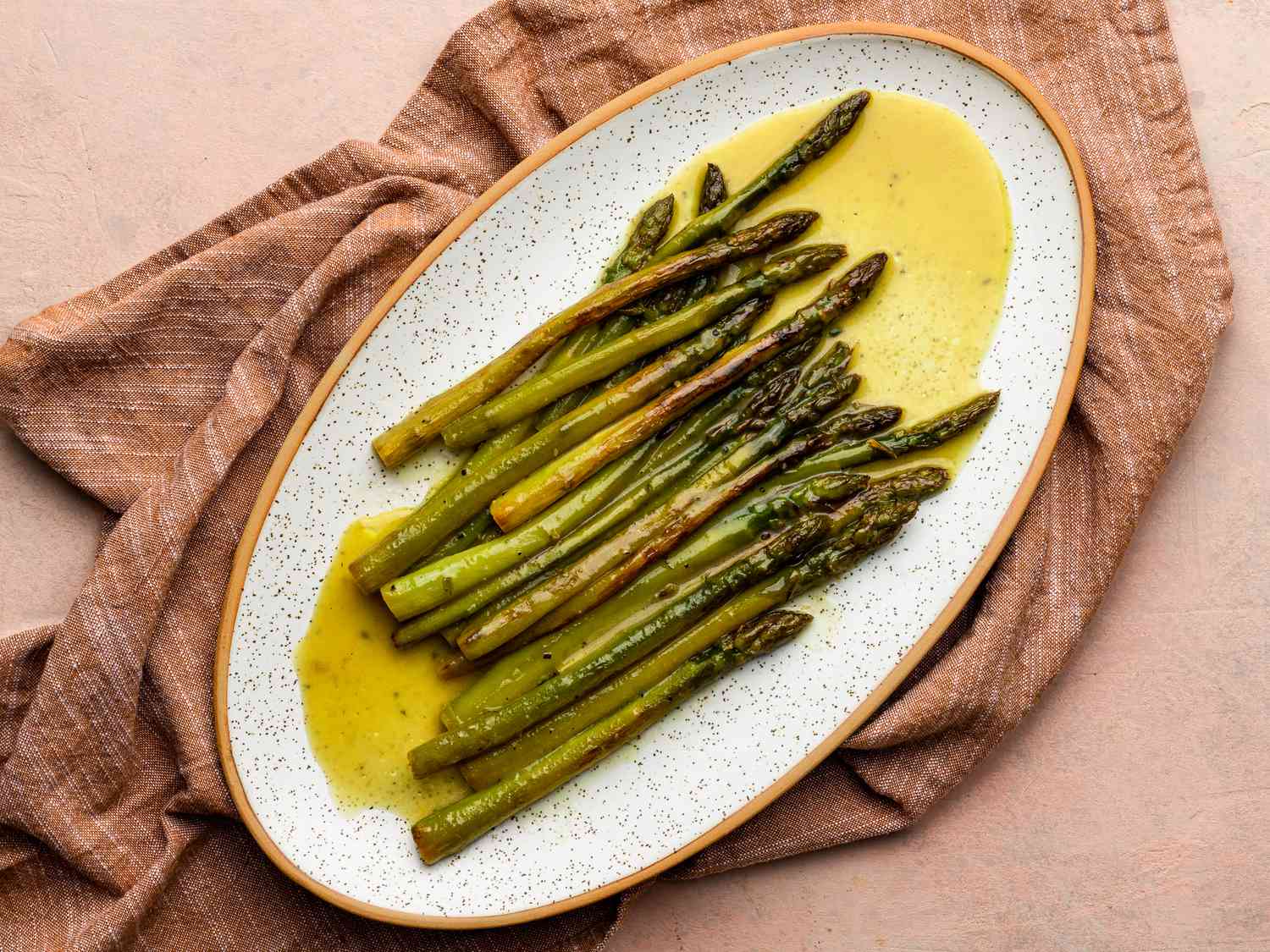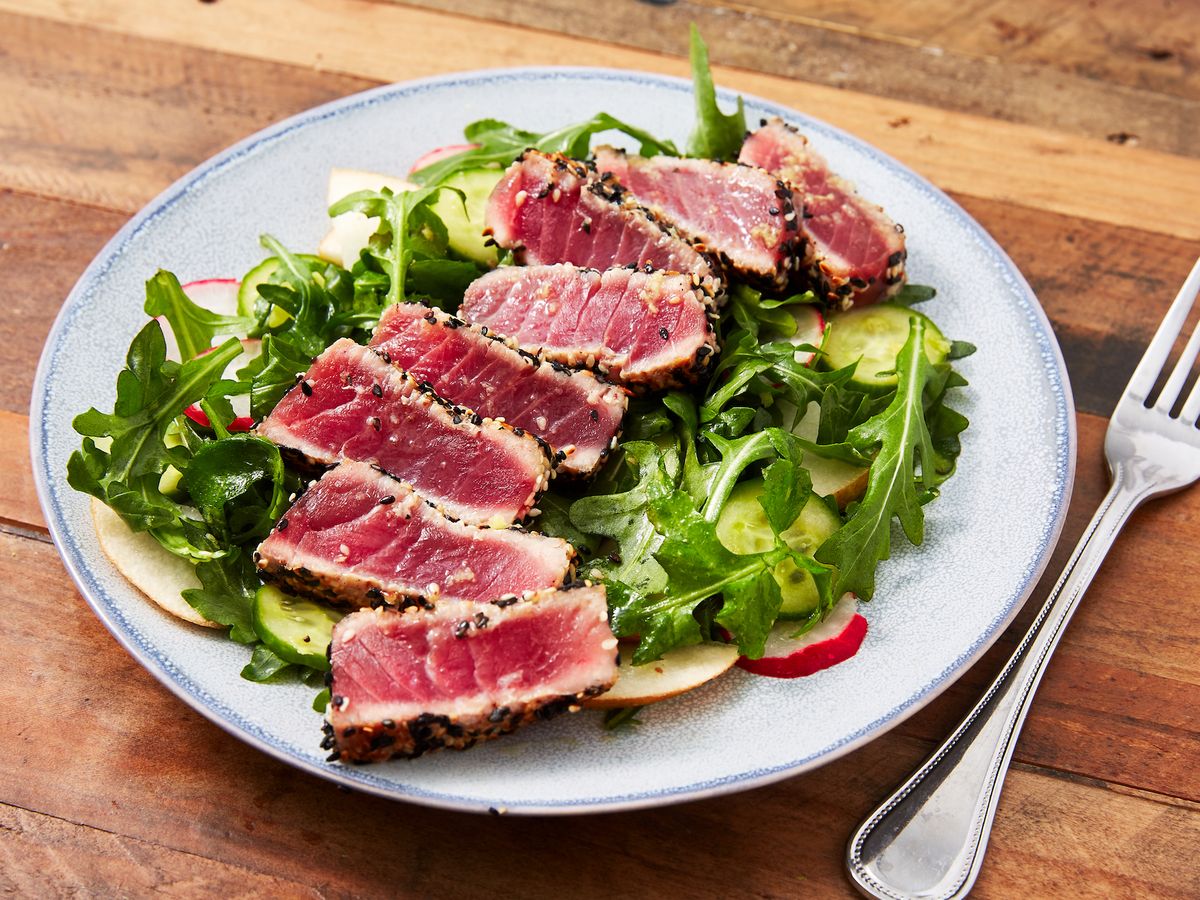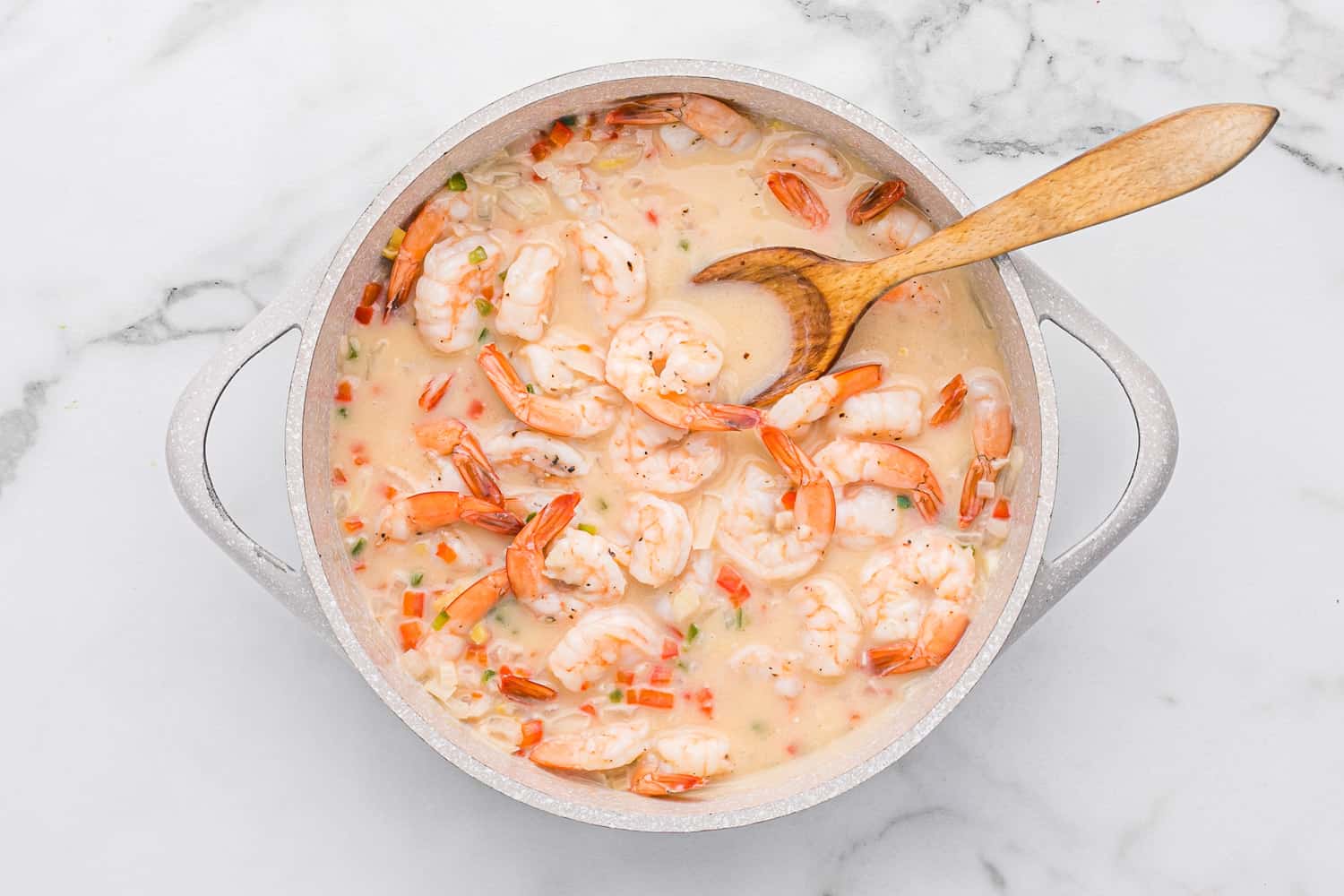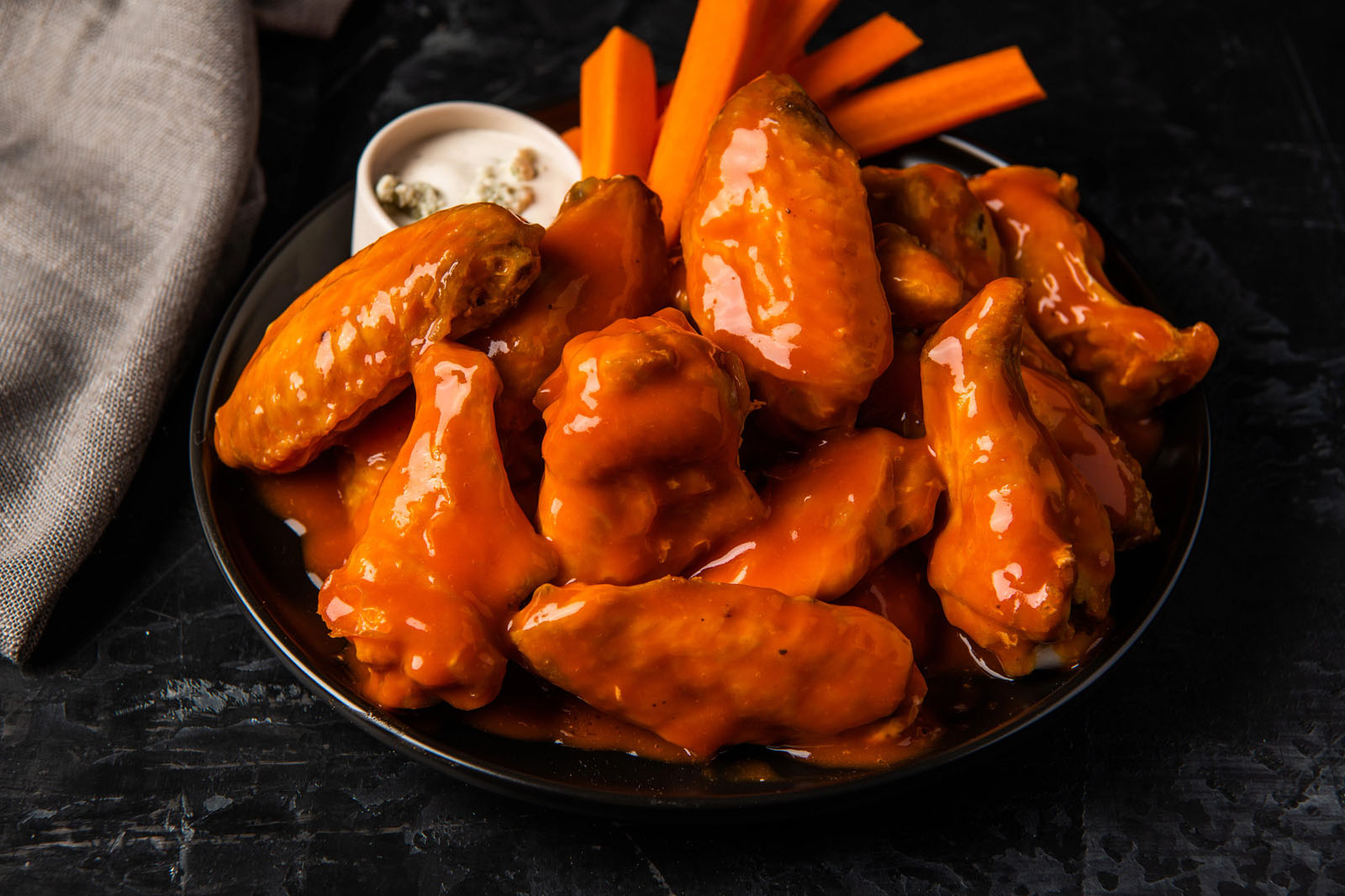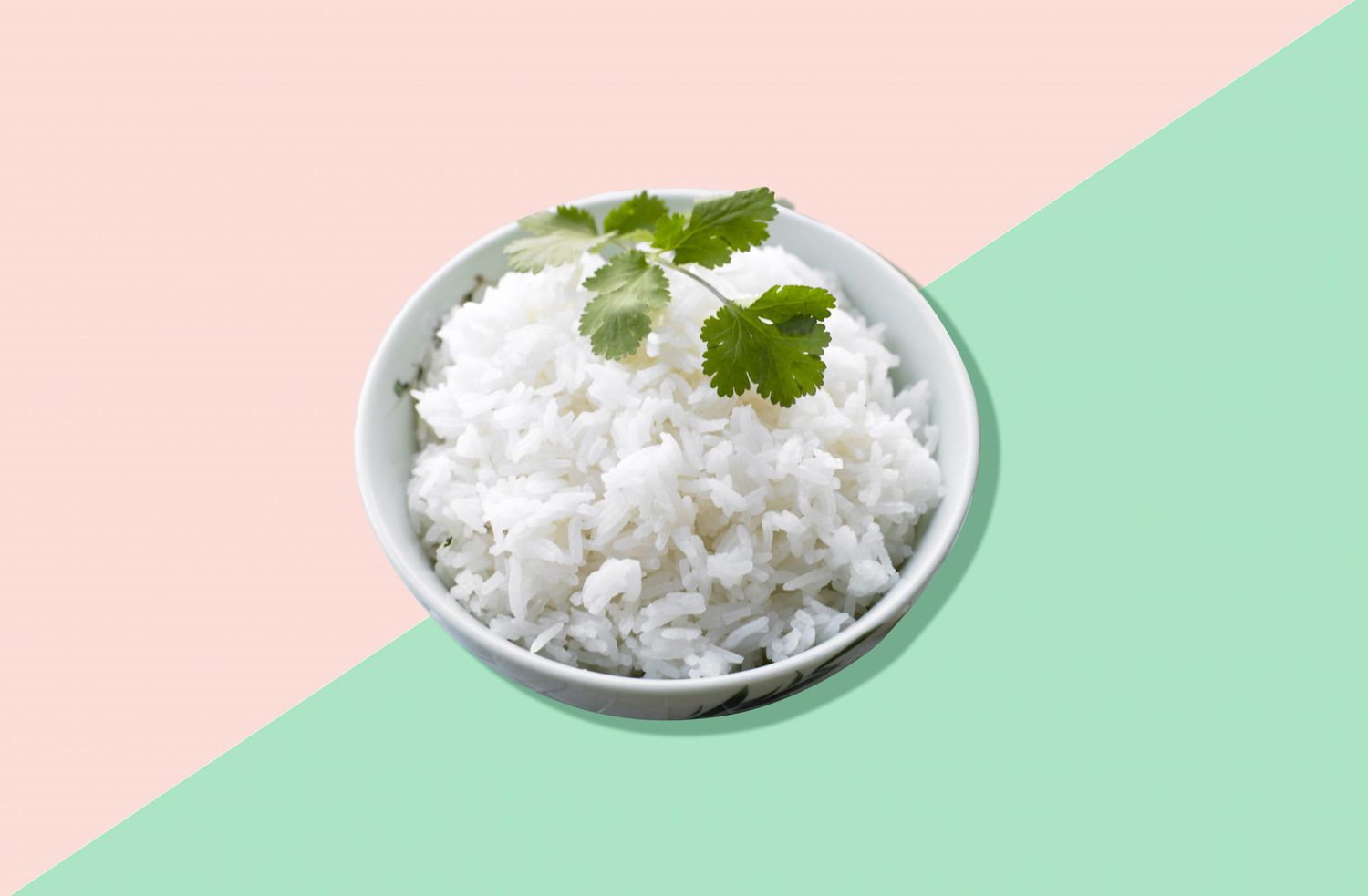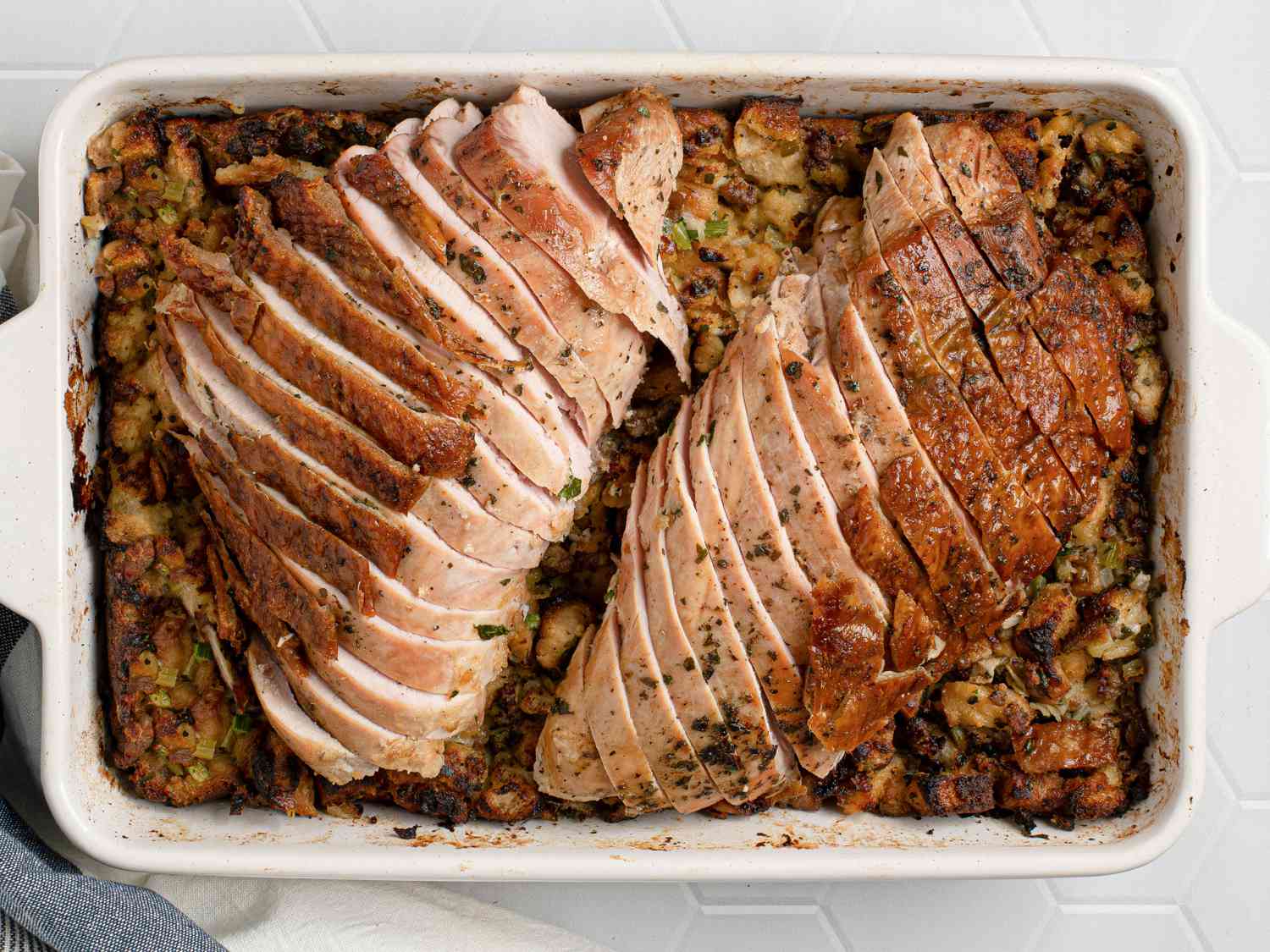Cooking up Flavor: Unleash the Power of White Wine in Your Recipes
When it comes to cooking with wine, white wine is a versatile and delicious choice that can elevate your dishes to a whole new level. Whether you’re a seasoned chef or a beginner in the kitchen, incorporating white wine into your recipes can add depth, acidity, and a touch of sophistication to your culinary creations. In this article, we’ll explore some tips and tricks for cooking with white wine that will make you feel like a gourmet chef in no time.
Choosing the Right White Wine
The first step in cooking with white wine is selecting the right variety. While personal preference plays a role, certain white wines are better suited for specific types of dishes. Here are a few popular options:
- Sauvignon Blanc: This crisp and aromatic wine is perfect for seafood, light pasta dishes, and sauces.
- Chardonnay: With its buttery and oaky flavors, Chardonnay pairs well with creamy sauces, poultry, and rich seafood.
- Riesling: Known for its sweetness and acidity, Riesling works wonders in marinades, stir-fries, and desserts.
Remember, you don’t have to break the bank when it comes to purchasing white wine for cooking. Opt for a bottle in the mid-price range that you enjoy drinking, as the quality of the wine will influence the overall taste of your dishes.
Adding White Wine to Your Recipes
Now that you have your bottle of white wine, it’s time to start cooking! Here are a few ways you can incorporate white wine into your recipes:
- Sautéing: When sautéing meats or vegetables, deglaze the pan with a splash of white wine. It will help lift the flavorful browned bits from the bottom of the pan and infuse your dish with a burst of complexity.
- Marinades and sauces: Create delicious marinades by combining white wine with herbs, spices, and aromatics. Use it as a base for sauces to enhance the flavors of your dishes.
- Steam and poach: For a delicate and moist result, steam or poach your seafood, poultry, or vegetables in a combination of white wine and broth. The wine will infuse the ingredients with a subtle hint of flavor.
- Risottos and pasta dishes: White wine is a key ingredient in creamy risottos and pasta dishes. Its acidity cuts through the richness, balancing the flavors and giving the dish a bright and vibrant taste.
Keep in mind that the alcohol content in white wine evaporates as you cook, leaving behind the flavors and aroma. However, if you prefer not to use alcohol, you can substitute white wine with non-alcoholic white wine, white grape juice, or even chicken or vegetable broth.
Enhancing the Flavor
White wine not only adds aroma and acidity but also brings out the flavors of the other ingredients in your recipes. Here are a few tips to enhance the flavor:
- Reducing: If you want to intensify the flavors, try reducing the white wine by simmering it gently before adding it to your recipe. This concentrates the flavors and adds a depth that can take your dishes to the next level.
- Pairing: Consider the flavors of your dish when choosing a white wine to cook with. Pair complementary flavors to create a harmonious balance that will enhance the overall taste of your dish.
- Experimenting: Don’t be afraid to get creative and experiment with different varieties of white wine in your recipes. You might discover new flavor combinations that become your signature dishes!
So, the next time you’re in the kitchen, grab a bottle of white wine and unlock the potential it holds for your culinary adventures. Whether you’re making a simple weeknight dinner or hosting a special occasion, cooking with white wine will add a touch of elegance and a burst of flavor to your dishes. Cheers to your newfound culinary prowess!
Was this page helpful?
Read Next: How To Cook A Turkey In The Oven Overnight
